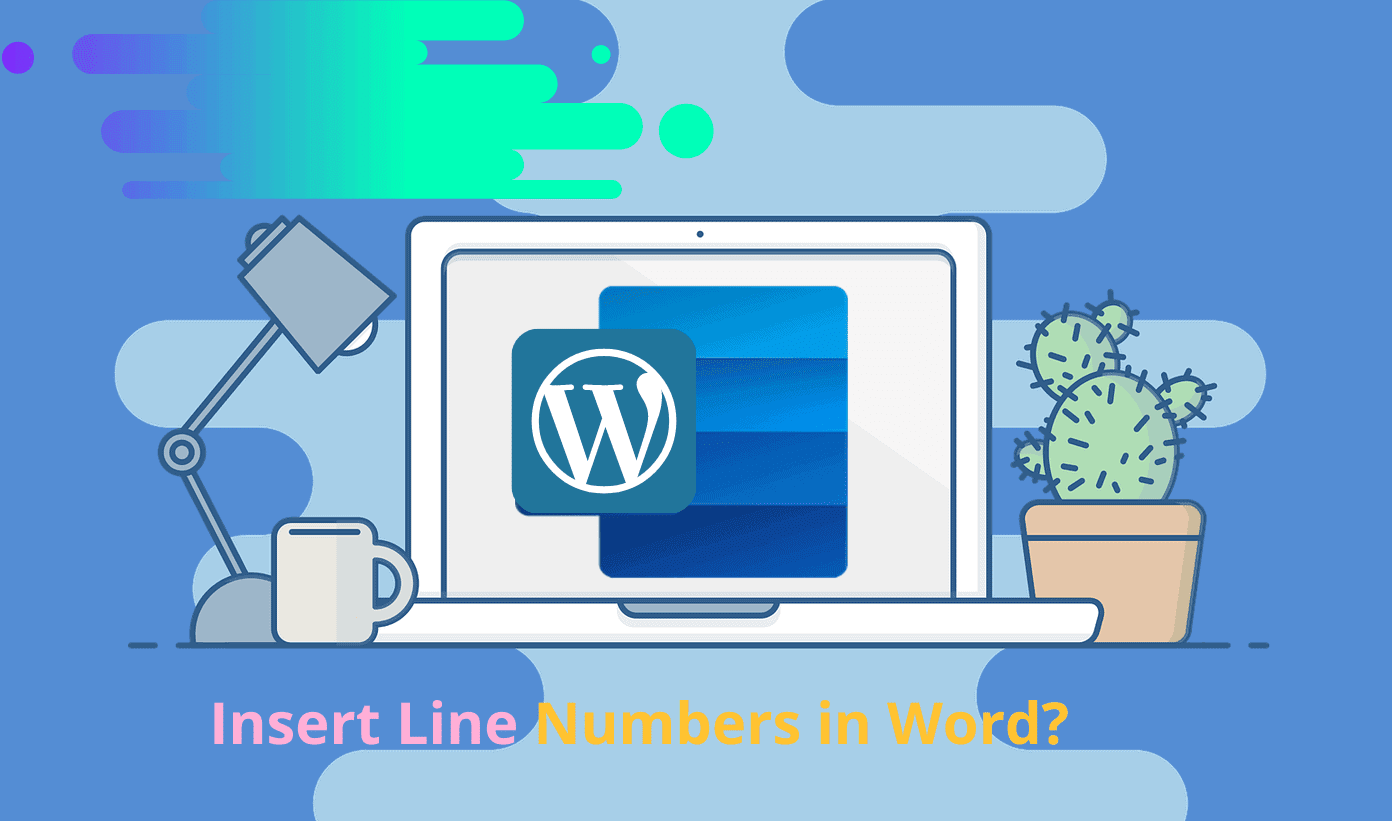IoT Trends: Machine learning & AI in IoT
Deprecated: preg_split(): Passing null to parameter #3 ($limit) of type int is deprecated in /home/dailwtkh/public_html/wp-content/themes/jannah/framework/functions/post-functions.php on line 863

It’s difficult to exclude the ‘Internet of Things from a list of innovative and game-changing technologies in a world conquered by artificial intelligence, data, and ever-improving connectivity technologies. The Internet of Things (IoT) could be one of the most important technologies, influencing the success of many other technologies such as machine learning.
What exactly is IoT? And its Possibilities!
The “Internet of Things” – IoT – is technically defined as an electronic device equipped with sensors that send and receive data via an internet connection. Simply put, billions of physical devices (with sensors) are connected to the internet worldwide. IoT has countless applications across all industries, empowering and enriching human life on the planet.
Take, for example, a smartphone; you listen to music through earbuds connected to the smartphone while doing other things (driving), and IoT is driven by (Artificial Intelligence) AI. Consider IoT sensors in earbuds that might take your heart rate data and forecast your mood using AI.
Your smartphone may select the best song stored anywhere in the world based on that mood. There are several million songs worldwide, and your smartphone does not need super storage or super computational power to keep all of them or to use the applied AI model for emotion sensing.
All it needs to do is guarantee it is connected to the internet.
According to Business Insider, by 2027, there will be more than 41 billion IoT devices, up from 8 billion in 2019. This was built using 400 replies from top CEOs across the world.
These include Alibaba, Alphabet, Amazon, Apple, VMWare, Verizon, and others. By 2027, all remaining gadgets will have an internet connection, and the IoT market will be worth $2.4 trillion.
IoT integrated with the most dynamic technology of Artificial Intelligence (AI) has the potential to make the IoT system itself smarter and capable of effortlessly mimicking human activities.
IoT & AI: How They Are Reshaping the Business World?
The introduction of AI and IoT has radically altered the corporate landscape. IoT and AI can assist management in making educated, error-free decisions. While IoT collects vast volumes of data through device connectivity through the internet,
AI aids in the assimilation and evaluation of this data. Machine learning (a subset of AI) in IoT devices aids in identifying trends and detecting errors in data collecting via increasingly powerful sensors.
Intrinsic things like stimulation to air, temperature, humidity, pollution, sound, vibrations, lighting, and so on are obtained through time with this technology.
Unlike previous technology, IoT and machine learning enable 20x faster and more accurate operational forecasting. This is why businesses that leverage AI technology are growing.
Businesses need IoT and AI to unleash their potential on the globe. The demand for IoT and AI is increasing. The following picture compares several technologies.
As IoT collects data, AI is tasked with translating it into practical and innovative activities. Data interchange occurs via sensors, and the following events occur as a result:
Cyber-attack surveillance has become more defined and robust. Data insights are acquired, monitored, and analyzed more precisely. The entire procedure becomes more rapid and efficient.
Understanding the role of AI in the Internet of Things Revolution
AI is expected to execute many intelligent functions, such as language translation, voice recognition, decision-making, and so on, without human participation. IoT, on the contrary, refers to a network of interconnected devices that exchange data.
IoT devices aim to provide a high level of comfort. They rely on web connectivity and generate massive volumes of data related to user behaviors, preferences, and personal information.
Many organizations have no idea how to save and process such huge amounts of data. This is impeding IoT’s growth.
In this scenario, AI can greatly assist in accumulating the bulk of data processed by IoT devices. It is capable of analyzing and comprehending data. As a result, AI is expected to be the primary driver of the IoT revolution’s extraordinary growth.
The tremendous shift and ongoing disruption by AI and IoT are completely changing the technology environment. It is expected to be substantial in the next years.
There is a growing need for these technologies, with an increasing number of organizations and industries adopting and implementing them in various settings.
What are the Applications of Machine Learning in IoT?
Machine Learning (ML) and the Internet of Things (IoT) are widely popular expressions at the moment, and they’re both nearing the peak of the hype cycle. Now let’s look at a few significant applications of ML to IoT.
- Cost Savings in Industrial Applications: In a mechanical setting, predictive abilities are extremely useful. Machine learning calculations can “realize” what is normal for the machine and detect when something unusual begins to happen. Predicting when a machine requires maintenance is enormously important, resulting in massive cost savings.
- Personalizing Customer Experiences: We’re all familiar with machine learning applications in our regular day-to-day lives. Amazon and Netflix use machine learning to understand our preferences and provide a better customer experience. In IoT, machine learning can also play a significant role in tailoring our environment to our preferences. Another outstanding example is the Nest Thermostat, which utilizes machine learning to comprehend your preferred levels of heating and cooling so that your home is comfortable when you get home from work or wake up in the morning.
- And Much More: The fate of machine learning applications in IoT is deserving of such speculation. The above use cases are only a few of the many possible outcomes. Although machine learning and IoT are still in their early stages, the implications are enormous.
Bottom line
IoT and AI technology can ultimately pave the path for cutting-edge experiences and solutions. You should integrate AI with incoming data from IoT devices to get more out of your network and alter your business. Use highly effective IoT services coupled with the effective application of AI and ML to transform your business to a new level by adopting and adapting to trends.





